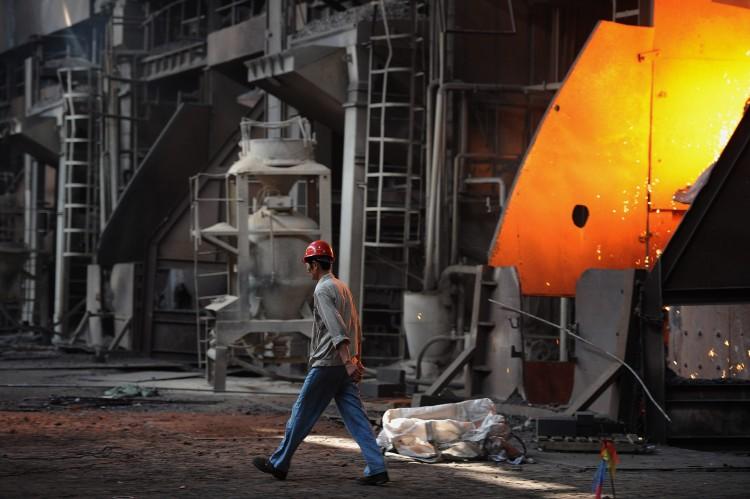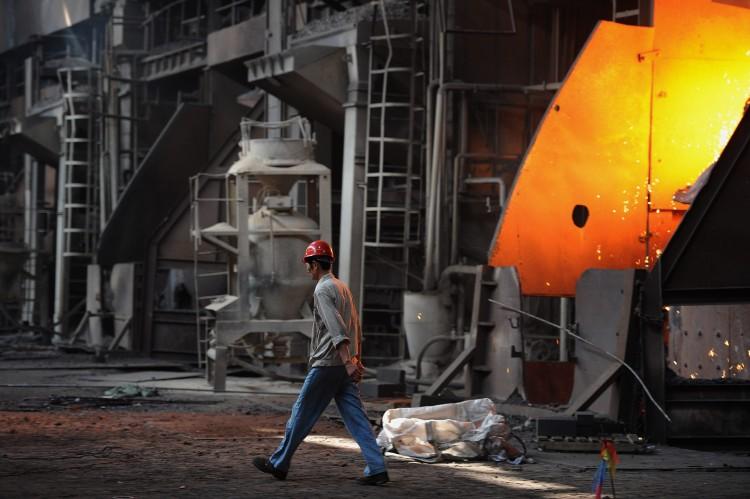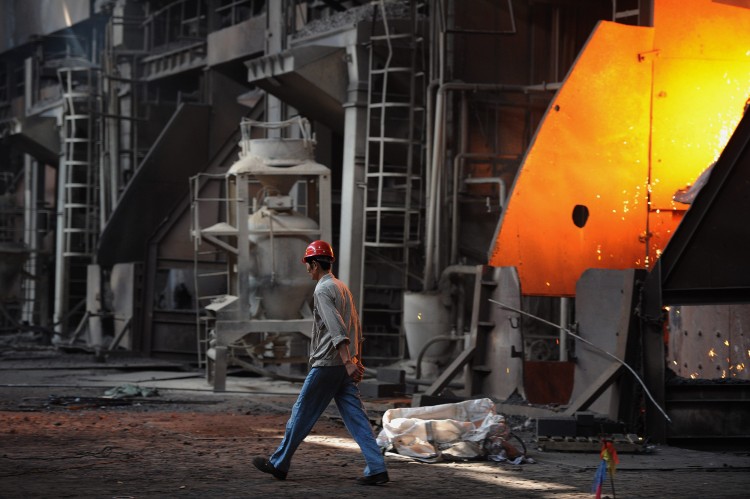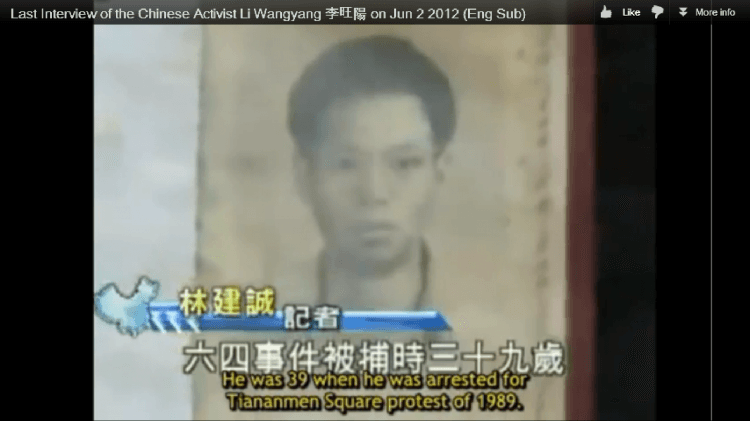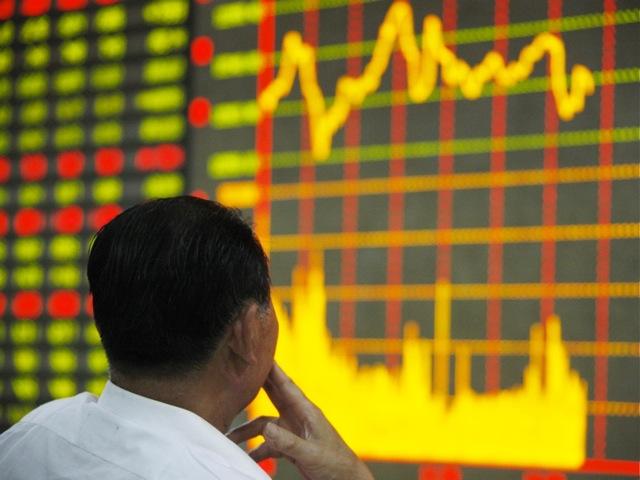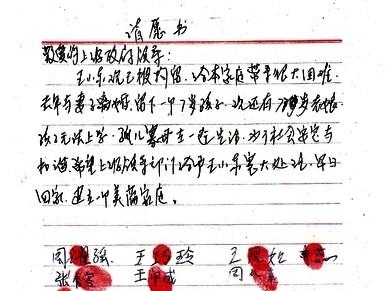Overproduction of steel has led to an excess of stockpiles, hitting profit margins and causing imported iron ore to pile up at Chinese ports. And with this, China’s steel industry has turned a loss for the first quarter of 2012, according to statistics released by the China Iron and Steel Association.
The statistics show that from January to February this year, 41.2 percent of firms in China’s steel industry reported losses that totaled a sum of 7.37 billion yuan ($1.16 billion USD), representing a 23-fold decline from the previous year.
The vice-chairman of the association, Zhang Changfu, said, “This marks the first time that the Chinese steel industry has made losses since we entered the new century.”
The steel industry accounts for 10 percent of China’s industry. According to statistics from the China Iron and Steel Association, China’s crude steel production capacity has already exceeded 900 million tons, but Chinese demand for steel in 2011 was far less than that, at only 700 million tons.
According to steel industry researcher Pei Sisi, the steel industry’s losses result from two main factors: High production costs stemming from soaring fuel prices, and low steel prices caused by a weakened demand. Other contributors to the reduced demand for steel are China’s recent property market cooling measures, a tightened money supply, and a slowdown in investments.
Excess Stock of Iron Ore
China has the world’s largest market for steel. Over the past decade, rapid industrialization of China’s cities and towns bolstered demand for steel. Demand grew at a rate of 15 percent each year, and China’s steel industry accounts for around 40 percent of global steel production. China has also become the world’s largest importer of iron ore—accounting for 60 percent of worldwide trade in 2011.
According to data from the China Iron and Steel Association the growth in demand for steel in China shrank to eight percent in 2011, and is expected to shrink by another four percent this year. As steel production falls in response to the weakened demand, the demand for iron ore and coal—both used in steel production—will likely fall as well.
According to a report by Qianlong News many small and medium-sized steel manufacturing firms have cut back on their purchases of iron ore, due to the industry-wide glut in steel production. At the major port city of Qingdao, which handles one-seventh of China’s iron ore imports, large stocks of iron ore have begun to accumulate over the past six months.
As of May 28, iron ore stocks at China’s ports totaled 97.27 million tons. At major ports such as Qingdao and Rizhao, stockpiles have reached over 10 million tons—among the highest levels ever recorded. Some Chinese ports have even begun rejecting fresh imports due to a lack of storage space at the ports.
Read the original Chinese article.
The Epoch Times publishes in 35 countries and in 19 languages. Subscribe to our e-newsletter.
